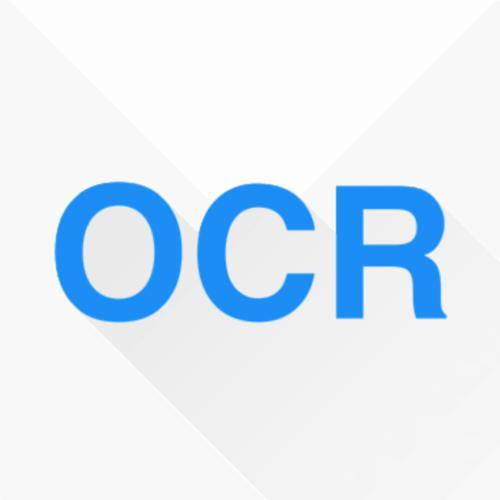Edge/Fog computing is a novel computing paradigm that provides resource-limited Internet of Things (IoT) devices with scalable computing and storage resources. Compared to cloud computing, edge/fog servers have fewer resources, but they can be accessed with higher bandwidth and less communication latency. Thus, integrating edge/fog and cloud infrastructures can support the execution of diverse latency-sensitive and computation-intensive IoT applications. Although some frameworks attempt to provide such integration, there are still several challenges to be addressed, such as dynamic scheduling of different IoT applications, scalability mechanisms, multi-platform support, and supporting different interaction models. To overcome these challenges, we propose a lightweight and distributed container-based framework, called FogBus2. It provides a mechanism for scheduling heterogeneous IoT applications and implements several scheduling policies. Also, it proposes an optimized genetic algorithm to obtain fast convergence to well-suited solutions. Besides, it offers a scalability mechanism to ensure efficient responsiveness when either the number of IoT devices increases or the resources become overburdened. Also, the dynamic resource discovery mechanism of FogBus2 assists new entities to quickly join the system. We have also developed two IoT applications, called Conway's Game of Life and Video Optical Character Recognition to demonstrate the effectiveness of FogBus2 for handling real-time and non-real-time IoT applications. Experimental results show FogBus2's scheduling policy improves the response time of IoT applications by 53\% compared to other policies. Also, the scalability mechanism can reduce up to 48\% of the queuing waiting time compared to frameworks that do not support scalability.
翻译:电离/ 雾计算是一种新颖的计算模式,它提供有限的资源,用可缩放的计算和存储资源来使用“ 事物” 的互联网设备。 与云计算相比, 边缘/ 泡沫服务器的资源较少, 但是它们可以用更高的带宽和低的通信惯性来访问。 因此, 将边缘/ 泡沫和云层基础设施结合起来, 可以支持执行不同的延缓敏感和计算密集的 IoT 应用程序。 尽管有些框架试图提供这种整合, 但仍有一些有待解决的挑战, 例如, 不同的 IoT 应用程序动态时间安排、 缩放机制、 多平台支持以及支持不同的互动模式。 为了克服这些挑战, 我们提出了一个轻重量和分布的容器框架, 称为 FogBus2. 。 它提供了一个机制, 用于安排混杂的 Iouto 应用程序, 并且实施一些排期政策。 此外, 它提出了优化的遗传算算法算法, 以便快速地实现与适合解决方案的趋同。 此外, 它提供了一种调化机制, 当IOLO 机制的可增加或其它的可变现性反应能力时, 。 另外, 将FoBualBO2 格式应用程序的实时应用程序的实时应用系统显示称为Freval Devial Indeal Indeal realational real astrational strational astrational strational astrational astrational strational strational strational stration stration strutus s s



